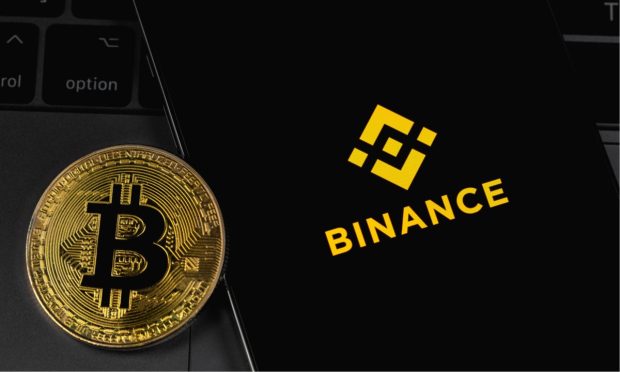Binance Riles Jittery Crypto Investors With Unannounced $2B Withdrawal

Eagle-eyed crypto watchers were surprised to see over $2B of bitcoin suddenly withdrawn from Binance Monday morning (Nov. 28).
The discovery not only added to existing jitters within the market place in the wake of the collapse of rival platform FTX, but triggered a flurry of tweets and comments on social media as investors tries to figure out what was going on.
“As part of our Proof of Reserves (PoR) process, Binance is working with a 3rd party auditor to provide proof of ownership. You will likely see some large transfers between Binance’s owned wallets throughout the day as a result of this. Funds are SAFU,” Binance said in a Monday morning tweet, stepping in after the fact to address the tremors the transfer caused.
Binance CEO Changpeng Zhao (CZ), who has taken up the mantle of industry-spokesperson following the demise FTX, also moved to calm nerves surrounding the move of 127,351 bitcoins.
“This is part of the Proof-of-Reserve Audit. The auditor require us to send a specific amount to ourselves to show we control the wallet. And the rest goes to a Change Address, which is a new address. In this case, the Input tx is big, and so is the Change. Ignore FUD!” Zhao tweeted as well.
Besides its public statements, Binance has not responded to PYMNTS request for comment.
The release of proof of reserves has been promoted as a method for exchanges to ensure safe custody of users’ asset by providing evidence, or “proof,” that an exchange has sufficient funds, or “reserves,” to cover users’ assets.
Still, the action by the exchange feels rash in light of the current market climate, and its follow up response slightly tone deaf.
Somewhat ironically, the $2 billion Binance transfer was indeed part of ongoing efforts by the exchange to create, or restore, a semblance of trust after consumer sentiment around crypto has cratered following FTX’s dramatic failure and widely publicized lack of internal controls.
Crypto companies are rushing to reassure their users and put as much distance as possible between themselves and FTX, and CZ has taken advantage of this unique moment to position himself and his exchange as a trustworthy industry stalwart that will set the tone going forward.
He has vowed to allocate billions to a crypto recovery fund, designed to help members of the industry weather liquidity events by stepping in to buy distressed crypto assets when otherwise strong organizations are facing strong market pressures.
“Crypto is not going away,” Zhao wrote. “We are still here. Let’s rebuild.”
The Fall of FTX
The sudden collapse of cryptocurrency exchange FTX, from $32 billion to zero in the blink of an eye, has called into question the validity of many crypto business models.
It has also left an attractive white space opportunity for other crypto exchanges to step in. Binance is closely linked to FTX’s downfall, as founder and CEO Zhao was the main actor responsible for triggering the “run” on FTX’s FTT token when he began to unload his nearly $2 billion equity stake in the exchange, held mostly in the FTT token.
The FTT digital token made up nearly 60% of FTX’s assets, and that withdrawal caused FTX customers to take out $6 billion of their own money, crashing the price of the token to near-zero and revealing that not only did FTX lack the reserves needed to ensure its own solvency in the face of the demand, but that the insolvency was caused by the exchange’s misappropriation of customer funds.
On Nov. 8, Binance offered to acquire FTX as part of a rescue deal. The merger would have solidified Binance’s position as the globe’s top cryptocurrency exchange. “This afternoon, FTX asked for our help,” Zhao tweeted at the time. “There is a significant liquidity crunch.”
Unfortunately, the liquidity crunch proved to be fatal, and Binance pulled out of the deal after realizing the full extent and implications of FTX’s financial position.
Binance has stated that there are no negative balances involved in its proof of returns, and the company is engaging third-party auditors to validate its claims of solvency and commitment to transparency.
The proof of reserves will initially start with bitcoin, presumably the reason behind the $2 billion outflow, while other tokens and networks will be added in the next couple weeks.
FTX showed consumers that one day their money could vanish in an instant, and it will be an uphill battle for the crypto industry to restore that trust.
One of the foundational underpinnings of the crypto industry is the on-chain transparency blockchain technology provides. It remains to be seen how businesses leverage this aspect and educate users around the immutable ledger on which transactions are recorded.
As of the time of writing, bitcoin is trading down 1.7%, hovering around the $16,200 mark.
